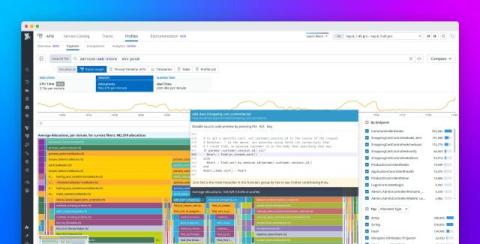Operations | Monitoring | ITSM | DevOps | Cloud
Ruby
10 Best Practices for Ruby on Rails Development
Optimize Ruby garbage collection activity with Datadog's allocations profiler
How To Integrate Ruby with Logit.io
AppSignal for Ruby Version 4.0
Setting Up Custom Metrics with Effective Alerts for a Ruby App in AppSignal
Monitor the Performance of Your Ruby on Rails Application Using AppSignal
How to Rescue Exceptions in Ruby
Exceptions are a commonly used feature in the Ruby programming language. The Ruby standard library defines about 30 different subclasses of exceptions, some of which have their own subclasses. The exception mechanism in Ruby is very powerful but often misused. This article will discuss the use of exceptions and show some examples of how to deal with them.
Securing Ruby Applications with mTLS
Additionally, We didn’t need to make any changes to our infrastructure, except for adding the certificate and keys to the entities originating the requests from our private subnets. See below for troubleshooting techniques which can be useful when setting up mTLS..
Exploring OpenTelemetry Configuration in Ruby
OpenTelemetry is enabling a revolution in how Observability data is collected and transmitted. See our What Is OpenTelemetry post on why this is an important inflection point in the Observability space. In this post, we’ll walk through how to configure the OpenTelemetry Gems within a Rails app.











